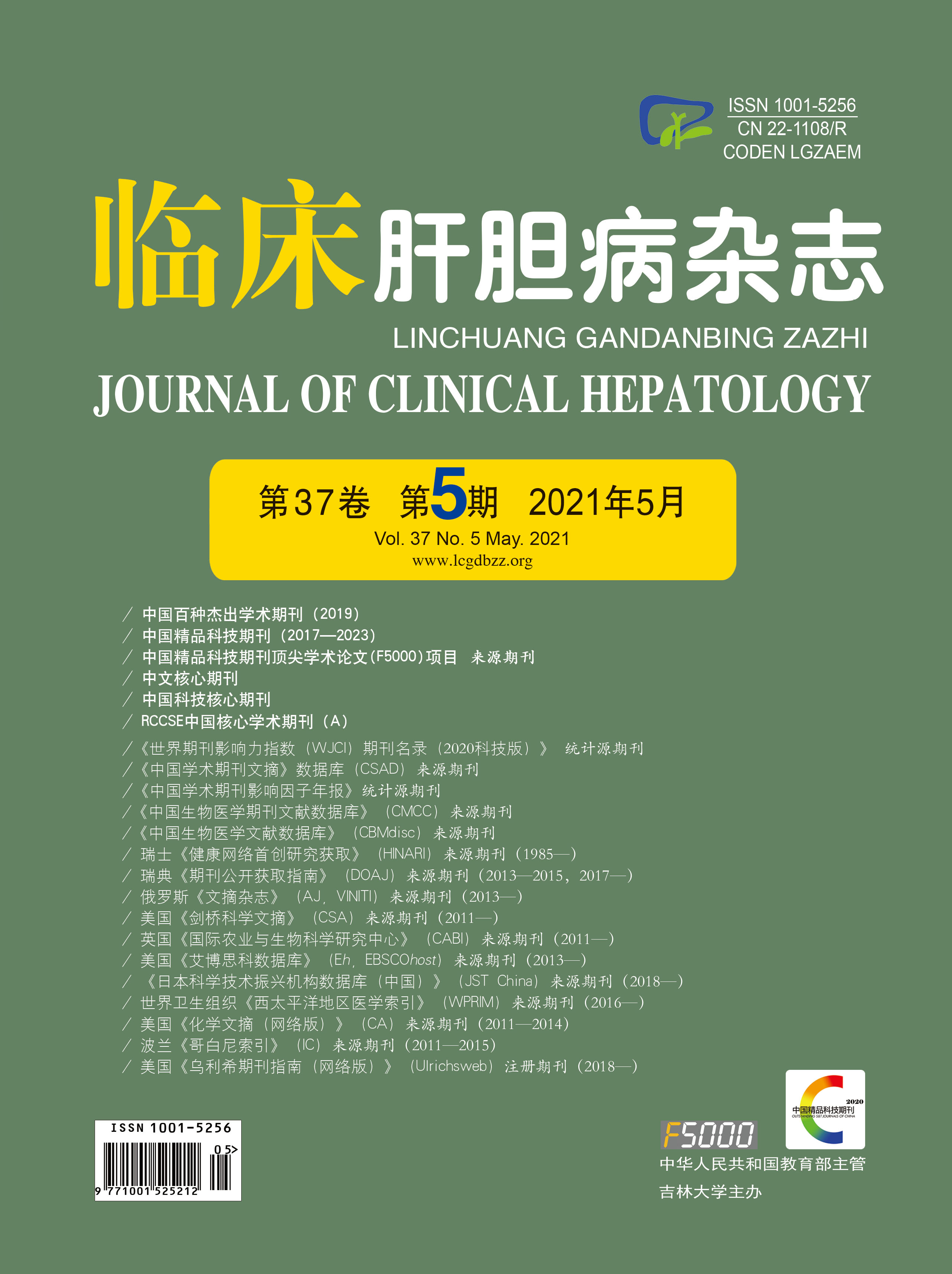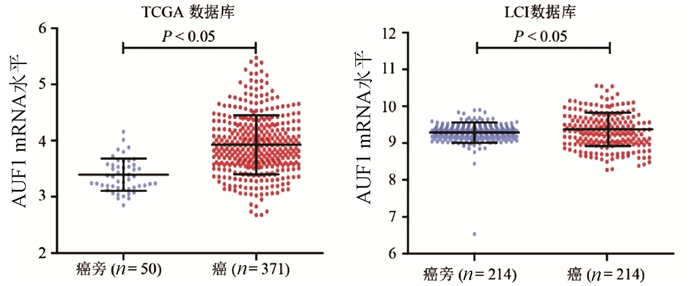| [1] |
YANG JD, HAINAUT P, GORES GJ, et al. A global view of hepatocellular carcinoma: Trends, risk, prevention and management[J]. Nat Rev Gastroenterol Hepatol, 2019, 16(10): 589-604. DOI: 10.1038/s41575-019-0186-y. |
| [2] |
RAWLA P, SUNKARA T, MURALIDHARAN P, et al. Update in global trends and aetiology of hepatocellular carcinoma[J]. Contemp Oncol (Pozn), 2018, 22(3): 141-150. DOI: 10.5114/wo.2018.78941. |
| [3] |
BLECHACZ B, MISHRA L. Hepatocellular carcinoma biology[J]. Recent Results Cancer Res, 2013, 190: 1-20. DOI: 10.1007/978-3-642-16037-0_1. |
| [4] |
ZHANG J, ZHANG M, MA H, et al. Overexpression of glypican-3 is a predictor of poor prognosis in hepatocellular carcinoma: An updated meta-analysis[J]. Medicine (Baltimore), 2018, 97(24): e11130. DOI: 10.1097/MD.0000000000011130. |
| [5] |
CHEN M, LI G, YAN J, et al. Reevaluation of glypican-3 as a serological marker for hepatocellular carcinoma[J]. Clin Chim Acta, 2013, 423: 105-111. DOI: 10.1016/j.cca.2013.04.026. |
| [6] |
SUN B, HUANG Z, WANG B, et al. Significance of glypican-3 (GPC3) expression in hepatocellular cancer diagnosis[J]. Med Sci Monit, 2017, 23: 850-855. DOI: 10.12659/msm.899198. |
| [7] |
BAUMHOER D, TORNILLO L, STADLMANN S, et al. Glypican 3 expression in human nonneoplastic, preneoplastic, and neoplastic tissues: A tissue microarray analysis of 4, 387 tissue samples[J]. Am J Clin Pathol, 2008, 129(6): 899-906. DOI: 10.1309/HCQWPWD50XHD2DW6. |
| [8] |
WANG SK, ZYNGER DL, HES O, et al. Discovery and diagnostic value of a novel oncofetal protein: glypican 3[J]. Adv Anat Pathol, 2014, 21(6): 450-460. DOI: 10.1097/PAP.0000000000000043. |
| [9] |
HARUYAMA Y, KATAOKA H. Glypican-3 is a prognostic factor and an immunotherapeutic target in hepatocellular carcinoma[J]. World J Gastroenterol, 2016, 22(1): 275-283. DOI: 10.3748/wjg.v22.i1.275. |
| [10] |
DOLICKA D, SOBOLEWSKI C, CORREIA DE SOUSA M, et al. mRNA post-transcriptional regulation by AU-rich element-binding proteins in liver inflammation and cancer[J]. Int J Mol Sci, 2020, 21(18). DOI: 10.3390/ijms21186648. |
| [11] |
LYKKE-ANDERSEN J, WAGNER E. Recruitment and activation of mRNA decay enzymes by two ARE-mediated decay activation domains in the proteins TTP and BRF-1[J]. Genes Dev, 2005, 19(3): 351-361. DOI: 10.1101/gad.1282305. |
| [12] |
ZUCCONI BE, WILSON GM. Modulation of neoplastic gene regulatory pathways by the RNA-binding factor AUF1[J]. Front Biosci (Landmark Ed), 2011, 16: 2307-2325. DOI: 10.2741/3855. |
| [13] |
MOORE AE, CHENETTE DM, LARKIN LC, et al. Physiological networks and disease functions of RNA-binding protein AUF1[J]. Wiley Interdiscip Rev RNA, 2014, 5(4): 549-564. DOI: 10.1002/wrna.1230. |
| [14] |
GAO Y, WANG W, CAO J, et al. Upregulation of AUF1 is involved in the proliferation of esophageal squamous cell carcinoma through GCH1[J]. Int J Oncol, 2016, 49(5): 2001-2010. DOI: 10.3892/ijo.2016.3713. |
| [15] |
DAI W, MU L, CUI Y, et al. Berberine promotes apoptosis of colorectal cancer via regulation of the long non-coding RNA (lncRNA) cancer susceptibility candidate 2 (CASC2)/AU-binding factor 1 (AUF1)/B-cell CLL/lymphoma 2 (Bcl-2) axis[J]. Med Sci Monit, 2019, 25: 730-738. DOI: 10.12659/MSM.912082. |
| [16] |
ZHU XT, YUAN JH, ZHU TT, et al. Long noncoding RNA glypican 3 (GPC3) antisense transcript 1 promotes hepatocellular carcinoma progression via epigenetically activating GPC3[J]. FEBS J, 2016, 283(20): 3739-3754. DOI: 10.1111/febs.13839. |
| [17] |
LI L, JIN R, ZHANG X, et al. Oncogenic activation of glypican-3 by c-Myc in human hepatocellular carcinoma[J]. Hepatology, 2012, 56(4): 1380-1390. DOI: 10.1002/hep.25891. |
| [18] |
LUO JH, REN B, KERYANOV S, et al. Transcriptomic and genomic analysis of human hepatocellular carcinomas and hepatoblastomas[J]. Hepatology, 2006, 44(4): 1012-1024. DOI: 10.1002/hep.21328. |
| [19] |
GAO Q, ZHU H, DONG L, et al. Integrated proteogenomic characterization of HBV-related hepatocellular carcinoma[J]. Cell, 2019, 179(2): 561-577. e22. DOI: 10.1016/j.cell.2019.08.052. |








 DownLoad:
DownLoad:




